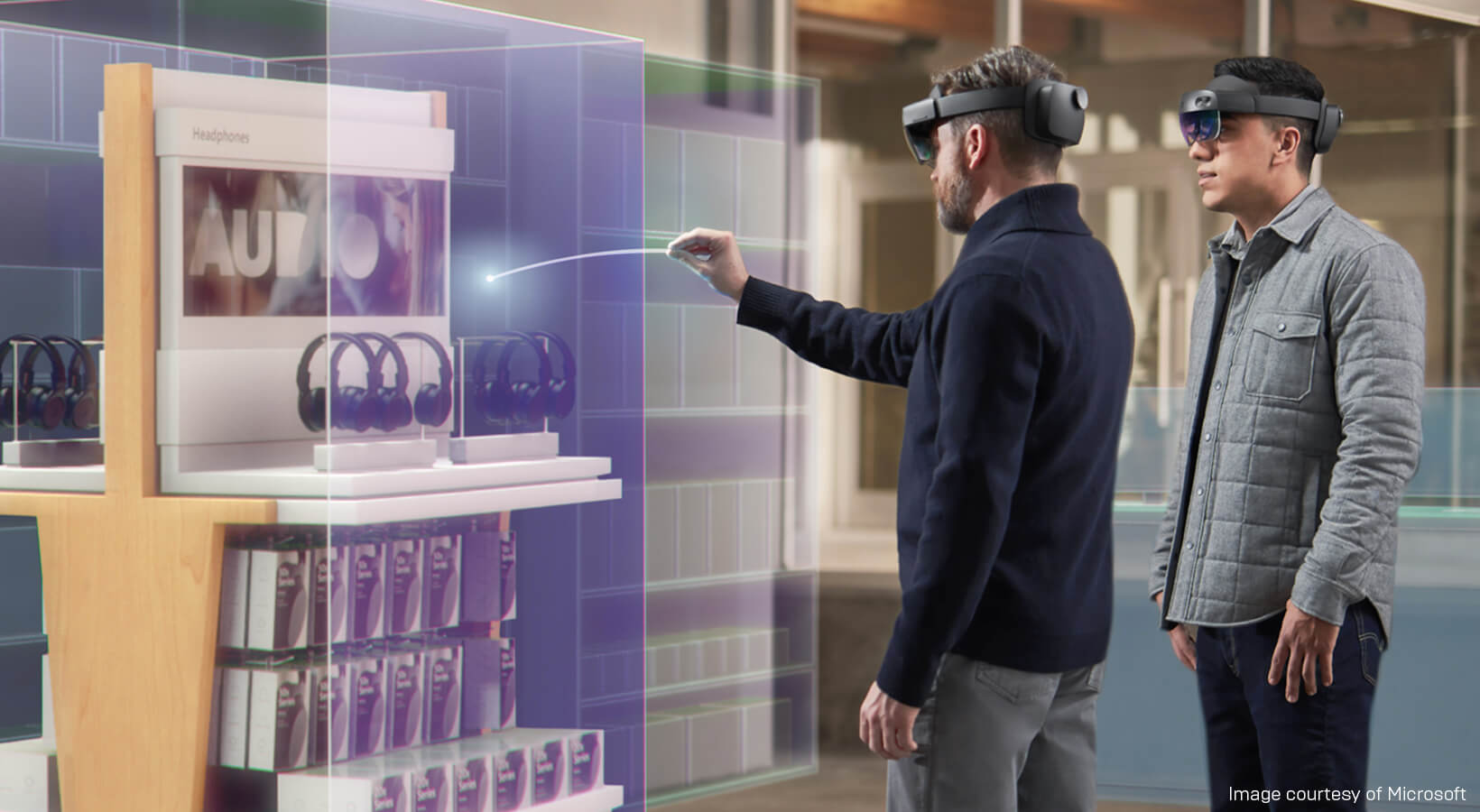Unreal Engine 4.25 released!
For game developers, this is the first release with initial support for Sony’s PlayStation 5 and Microsoft’s Xbox Series X as first-class platforms, and throughout the year we will be updating the 4.25-Plus branch with optimizations, fixes, and certification requirements to support developers launching on the next generation of consoles. Features include platform-specific functionality, such as new audio advancements, initial support for online subsystems, and early support for TRC and XR certification requirements.

No matter how powerful your target platform, you’ll want to squeeze every ounce of performance out of it, which is where profiling comes in. The Unreal Insights standalone profiling application now offers an improved user experience and introduces Networking Insights, which helps you optimize, analyze, and debug network traffic; we’ve also added a separate Animation Insights plugin to the Unreal Editor, enabling the visualization of gameplay state and live animation behavior.
The Fortnite team has been battle-testing Niagara VFX and Chaos physics, and these feature sets are now in use in currently shipping seasons of the game. Niagara is now production-ready, with a polished new UI and signficant performance and stability improvements. There are also a host of new features, including the ability to create complex, large-scale particle effects such as flocking and chains, and to have particles react to music or other audio sources—all in real time.

Meanwhile, we’re continuing to progress the Chaos physics and destruction system, and we’re happy to say that with this release, Chaos supports destruction, static mesh dynamics with collisions, cloth, hair, rigid-body skeletal control for items such as ponytails, and scene queries. There’s still more to come in future releases.

If you’re looking to produce high-quality movies and stills for uses like cinematics, marketing materials, or linear entertainment, look no further than our brand-new media output pipeline that lets you render with accumulated anti-aliasing and motion blur. The pipeline also supports tiled rendering, so you can produce extremely high-resolution images directly from Unreal Engine without post-processing. Multiple render jobs can be queued and rendered without user intervention.
For simulating materials like tinted car windows and brushed metal, there’s a new Thin Transparency shading model, and a new Anisotropy material input property.


Visual fidelity is one thing, but audio fidelity is also important. For more immersive, realistic real-time experiences, the Unreal Audio Engine now supports sound field rendering and convolution reverb processing, enabling you to use detailed captured or designed sound fields that spherically envelop your listeners, and sampled reverb impulses that simulate real-life acoustic spaces.
For anyone wanting to work with LiDAR data, there’s now built-in support in Unreal Engine for importing, visualizing, editing, and interacting with point clouds. These real-world captures are great for visualizing locations, or for putting newly designed elements in context. The initial version of the plugin was previously made available on MarketPlace; in addition to being included in Unreal Engine 4.25, the latest plugin also offers new support for working with multiple point cloud segments while still maintaining frame performance, an option to delete hidden points, and various other small enhancements.

Another feature to reach production-readiness with this release is support for HoloLens 2. As well as performance improvements, there’s new support for mixed reality capture from a third-person camera view, the new ability to enable HoloLens remoting from packaged Unreal Engine applications via a command line, and initial support for Azure Spatial Anchors.


熱門頭條新聞
- In conversation with ‘Ultraman Rising’ director Shannon Tindle: Insights on storytelling, innovation, and collaboration in animation
- Breaking Free: Disney Declares Independence from the Apple App Store
- Warner Bros Discovery confirms Max launch in seven Asian markets
- A look at the winners of the 72nd San Sebastian International Film Festival
- Talpa Studios and Hasbro Entertainment showcased Trivial Pursuit at MIPCOM 2024
- NARAKA: BLADEPOINT Invites You to Dance with the Spirits
- Curve Games Signs Publishing Agreement with Patattie Games for Upcoming Title Wax Heads
- DUBAI STUDIOS SIGNS PARTNERSHIP WITH INTERNATIONAL ACADEMY OF TELEVISION ARTS & SCIENCES
